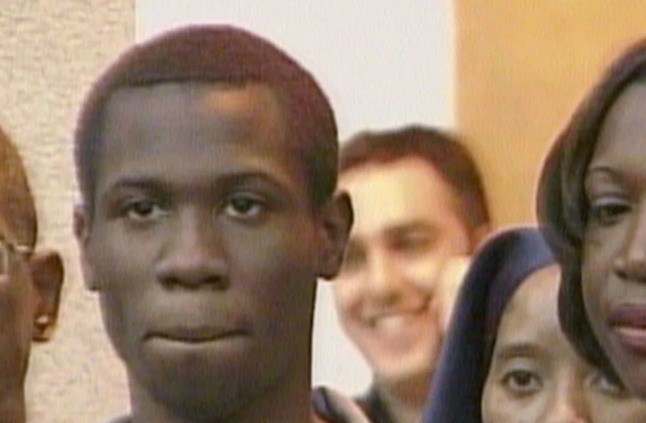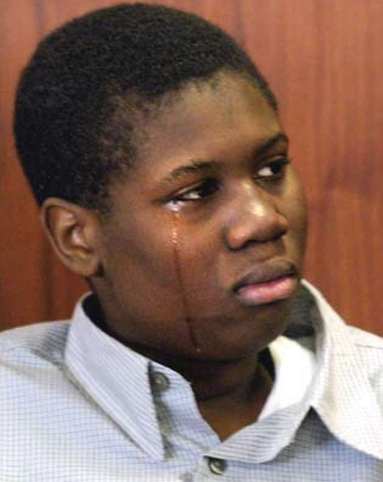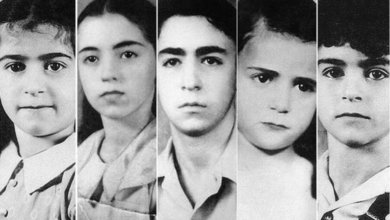Lionel Tate case

Lionel Tate: The Youngest American Ever Sentenced to Life Without Parole
The case of Lionel Tate is one of the most controversial juvenile crime cases in the history of the United States. At just 12 years old, Tate committed an act that would forever change the lives of those involved—and raise deep legal and moral questions about how children are treated within the justice system.

The Tragic Incident
On July 28, 1999, in Broward County, Florida, Lionel Tate was left in the care of 6-year-old Tiffany Eunick, a family friend, while his mother, Kathleen Grossett-Tate, went upstairs to rest. Tate and Tiffany were playing together at the home in Pembroke Park. A few hours later, Tiffany was dead—her small body brutally beaten. The injuries she sustained were massive, including a fractured skull, lacerated liver, fractured rib, and contusions on her lungs and brain. The extent of her injuries was compared to those sustained in a fall from a three-story building.
Initially, Tate claimed the two had simply been roughhousing and that he had imitated professional wrestling moves he had seen on television. He later stated he had body-slammed her onto a table and into a stair railing. However, the severity of the injuries caused prosecutors and the public to question whether a child could inflict such damage unintentionally.
The Tragic Incident
On July 28, 1999, in Broward County, Florida, Lionel Tate was left in the care of 6-year-old Tiffany Eunick, a family friend, while his mother, Kathleen Grossett-Tate, went upstairs to rest. Tate and Tiffany were playing together at the home in Pembroke Park. A few hours later, Tiffany was dead—her small body brutally beaten. The injuries she sustained were massive, including a fractured skull, lacerated liver, fractured rib, and contusions on her lungs and brain. The extent of her injuries was compared to those sustained in a fall from a three-story building.
Initially, Tate claimed the two had simply been roughhousing and that he had imitated professional wrestling moves he had seen on television. He later stated he had body-slammed her onto a table and into a stair railing. However, the severity of the injuries caused prosecutors and the public to question whether a child could inflict such damage unintentionally.

The Tragic Incident
On July 28, 1999, in Broward County, Florida, Lionel Tate was left in the care of 6-year-old Tiffany Eunick, a family friend, while his mother, Kathleen Grossett-Tate, went upstairs to rest. Tate and Tiffany were playing together at the home in Pembroke Park. A few hours later, Tiffany was dead—her small body brutally beaten. The injuries she sustained were massive, including a fractured skull, lacerated liver, fractured rib, and contusions on her lungs and brain. The extent of her injuries was compared to those sustained in a fall from a three-story building.
Initially, Tate claimed the two had simply been roughhousing and that he had imitated professional wrestling moves he had seen on television. He later stated he had body-slammed her onto a table and into a stair railing. However, the severity of the injuries caused prosecutors and the public to question whether a child could inflict such damage unintentionally.
Appeal and Release
After three years in prison, in January 2004, Tate’s conviction was overturned by a Florida appeals court. The court ruled that Tate had not received a proper mental competency hearing before the trial. The judges emphasized that while the crime was tragic and violent, due process was not followed in ensuring that Tate could fully understand the proceedings or participate in his defense.
Rather than pursue a new murder trial, a plea agreement was reached. In exchange for pleading guilty to second-degree murder, Lionel Tate was sentenced to 10 years of probation and released.
Many saw this as a victory for justice reform, while others, particularly Tiffany Eunick’s family, were deeply disheartened, feeling that a life had been lost without adequate accountability.
Trouble After Release
Unfortunately, Lionel Tate’s life after his release was marked by repeated legal troubles, suggesting he struggled to adapt and rehabilitate. In 2005, just a year after his release, Tate was arrested for violating probation by carrying a knife during a robbery. He was sentenced to 30 years in prison for the violation.
In 2007, he pleaded guilty to armed robbery charges stemming from a 2005 incident where he attempted to rob a pizza delivery man. Despite his young age and the effort to rehabilitate him, Tate’s continued involvement with crime raised questions about whether the justice system had failed him—or if his early offense had been a sign of deeper behavioral issues.

Psychological Factors
Throughout the proceedings and after his release, questions lingered about Lionel Tate’s mental health and cognitive maturity. Experts pointed out that children of his age may not fully understand the consequences of their actions, especially when exposed to violent media. Tate had claimed to be emulating professional wrestling, a scripted and exaggerated form of entertainment that blurs the lines between fiction and reality for many children.
While some experts saw his case as one that highlighted the failings of the American juvenile justice system, others believed that Tate had violent tendencies that went beyond youthful impulsiveness. His later criminal behavior only fueled the debate.
Legacy and Legal Impact
The Lionel Tate case had a lasting impact on the discourse surrounding juvenile justice in the United States. It prompted legal reforms and public discussions about:
-
Minimum age for adult trials: Many states revisited laws that allowed young children to be tried as adults.
-
Sentencing of minors: The case contributed to evolving legal standards, including the U.S. Supreme Court’s later rulings that mandatory life sentences without parole for juveniles are unconstitutional.
-
Mental competency evaluations: Courts became more vigilant in ensuring juvenile defendants understood legal proceedings and were fit to stand trial.
Conclusion
The story of Lionel Tate is a tragic intersection of childhood, violence, and justice. While his actions led to the death of an innocent child, the system’s harsh response also brought scrutiny. The questions raised by his case remain relevant today: How should society handle serious crimes committed by children? Is punishment or rehabilitation the answer? And what role do external influences, such as media, environment, and trauma, play in shaping juvenile offenders?
Though nearly three decades have passed since that fateful day in 1999, the legacy of Lionel Tate continues to influence the legal landscape in the United States and serves as a cautionary tale for how the justice system deals with its youngest offenders.





